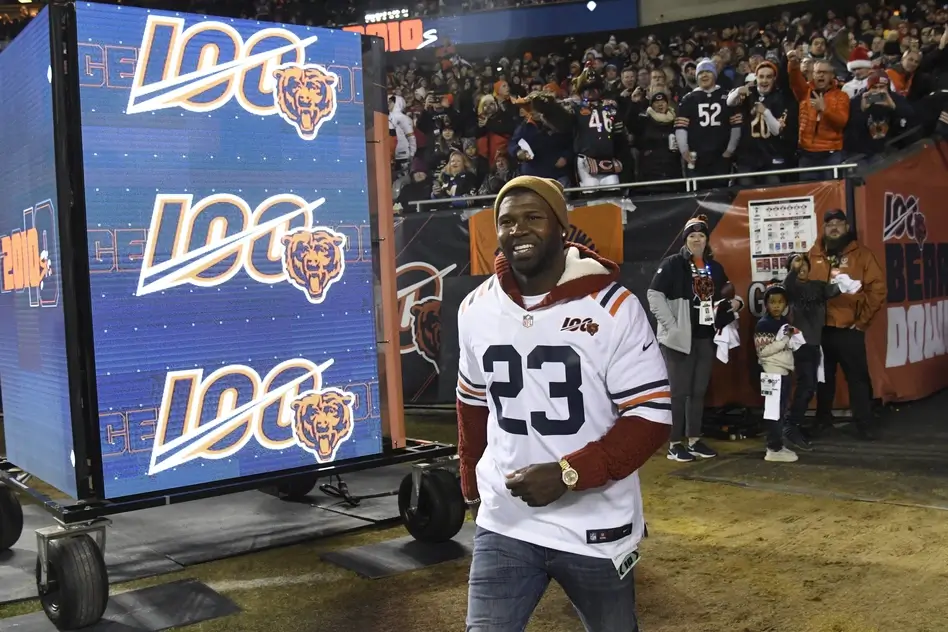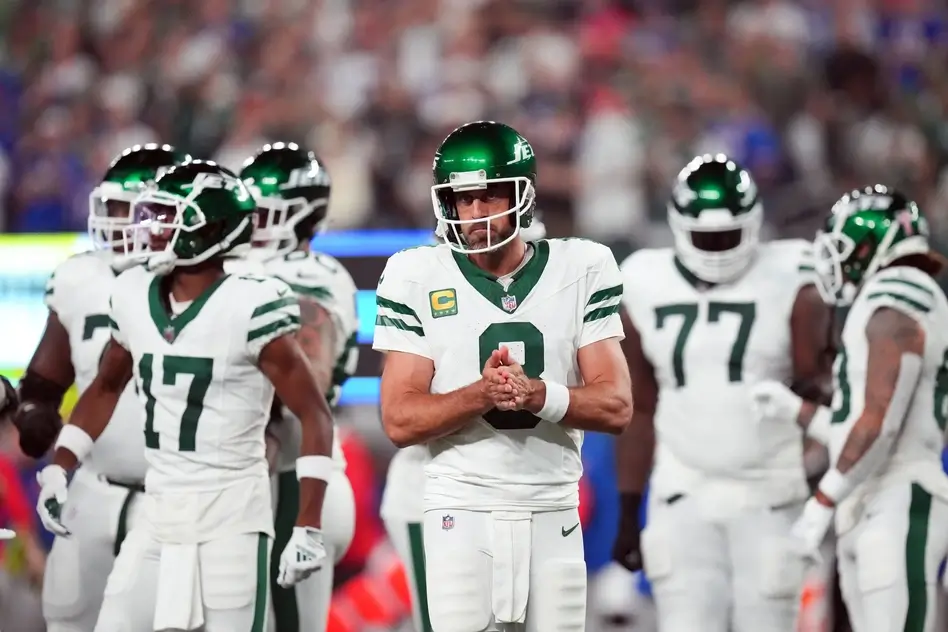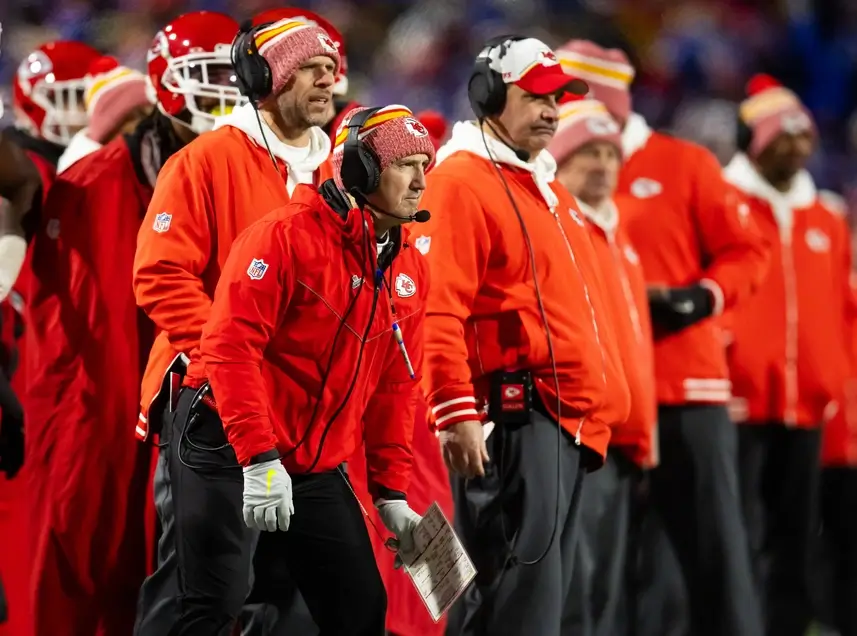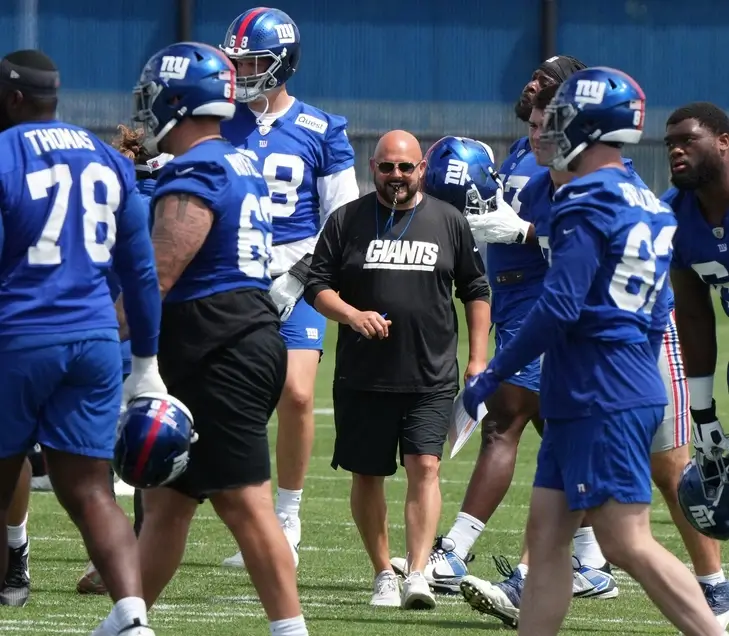If you ever needed NFL penalties explained, we have you covered. Even for fans who appreciate the game, all of the NFL penalty signals can get a little confusing, as can the NFL’s penalty rules.
NFL penalties explained
While we can’t promise to have all of the answers when it comes to an NFL referee’s salary, we can provide you with a list of penalties in football and the most common questions fans have regarding NFL penalties.
What are the penalties in the NFL?
The NFL penalty rules and rulebook are quite extensive. To get things started, here is a checklist of every NFL penalty:
- Encroachment
- False start
- Offside
- Holding
- Pass interference
- Helmet-to-helmet collision
- Horse-collar tackle
- Face mask
- Roughing the kicker
- Roughing the passer
- Personal Foul
- Delay of game
- Clipping
- Chop block
- Failure to report
- Ineligible receiver downfield
- Illegal block in the back
- Illegal formation
- Illegal forward pass
- Illegal shift/motion
- Illegal substitution/too many men on the field
- Illegal touching
- Hands to the face
- Intentional grounding
- Tripping
- Unnecessary roughness
- Unsportsmanlike conduct
What are the five most common penalties in football?
The most common penalties in football are encroachment, false start, offsides, holding, and pass interference.
Encroachment and offsides are similar and both can only be called against the defense. Encroachment is when a defensive player makes contact with an offensive player before the snap while offside is when a defensive player is beyond the line of scrimmage at the time of the snap. False start, meanwhile, is one of the most frequent offensive penalties in football. It refers to an offensive player, usually a lineman, flinching before the ball is snapped. All three of these penalties are five-yard penalties.
Holding and pass interference are both penalties that can be called on either the offense or the defense. Offensive holding is typically called on players who are trying to block but end up grabbing, reaching, or pulling down the defensive player.
Defensive holding refers to tackling or holding any offensive player who isn’t the ball carrier as a way to prevent them from running a route or blocking. Offensive holding is one of the 10-yard penalties in football while defensive holding in the NFL is only a five-yard penalty, although it does come with an automatic first down for the offense.
Offensive pass interference occurs when a receiver pushes away a defender in order to free up space to make a catch. This is a 10-yard penalty against the offense.
On the other side, defensive pass interference, which is more common than offensive pass interference, takes place when a defender makes too much contact with the intended receiver before the ball arrives. In the NFL, the ball moves either 10 yards or to the spot of the foul after a defensive pass interference penalty.
What are the biggest possible penalties in the NFL?
The NFL penalty rules have no penalty that warrants more than a 15-yard penalty outside of offenses that warrant an ejection from the game. However, there are several penalties that result in a loss of 15 yards by the offending team.
Grabbing the face mask, committing a horse-collar tackle, and a helmet-to-helmet collision are all 15-yard penalties.
Roughing the kicker or the punter are both 15-yard penalties. Illegal chop blocks, clipping, and tripping are also 15-yard penalties. Any instances of unnecessary roughness or unsportsmanlike conduct also result in a 15-yard penalty.
Finally, as mentioned, defensive pass interference is a spot penalty, so on long throws down the field, that penalty yardage can be assessed at far more than 15 yards.
Which plays can be challenged in the NFL?
While NFL video review rules are extensive, not every play or every instance of the game is available to be challenged by coaches.
It’s also worth noting that all scoring plays and turnovers are automatically challenged, which means coaches don’t need to use one of their two challenges in a game on scoring plays or turnovers. Likewise, coaches can’t use their challenge after the two-minute warning in each half, during overtime, or after their team commits a penalty that delays the snap after a challengeable play.
With that said, the plays that are reviewed during NFL games usually involve questions about whether or not a pass was caught, where the ball carrier stepped out of bounds, whether a potential fumble was recovered, whether a quarterback threw a pass or fumbled, whether a pass went forward or backward, whether or not a ball carrier was down by contact, and the placement of the ball. It’s also important to note that penalties and judgment calls are not eligible to be challenged.
Pros and cons of video review in the NFL
Video review has become an essential part of NFL games, but the system isn’t perfect. There are plenty of benefits of using video replay to correct calls, although there are downsides as well.
For starters, video reviews stop the flow of games, pausing the game temporarily. This not only extends the length of games but can also hinder the fan experience. Whether fans are in the stadium or at home, they don’t always appreciate long delays in the action.
Of course, the obvious benefit of NFL video replay is that it allows the referees to get the call right. Football plays can happen so quickly that it’s sometimes difficult to make accurate calls.
For potentially game-changing plays, it’s essential to get the call right. When the NFL video review system is working properly, it’s easier to get calls right and limit the controversy that existed before video replay when officials made mistakes.








